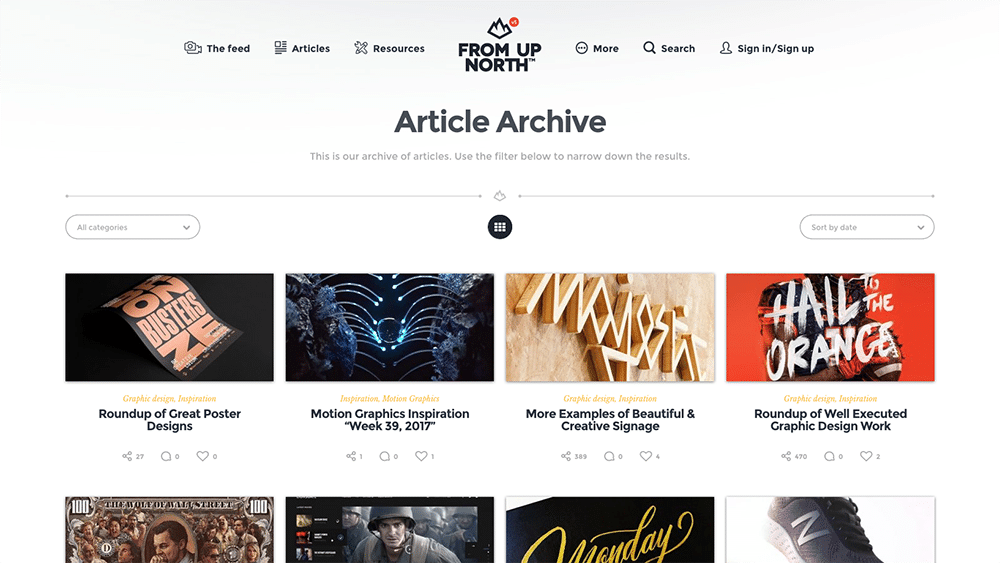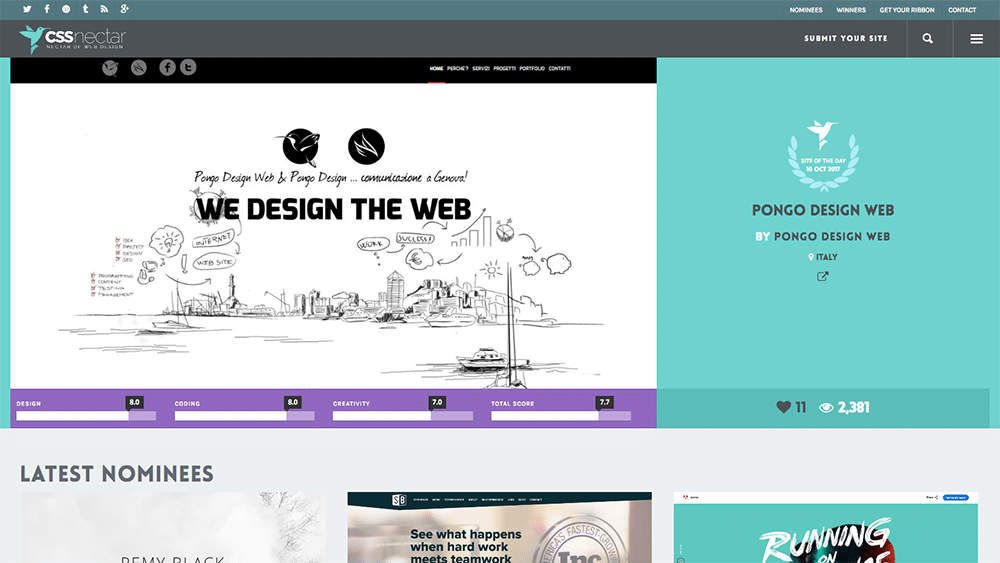Website Design for E-commerce: Best Practices for a Seamless Shopping Experience
Website Design for E-commerce: Best Practices for a Seamless Shopping Experience
Blog Article
Modern Website Layout That Catches Interest and Converts
In a significantly electronic landscape, modern-day website design has emerged as a pivotal factor in recording individual attention and driving conversions. As we discover these important parts, it becomes clear that recognizing their interaction can considerably affect a web site's efficiency and individual satisfaction.
Significance of Visual Hierarchy
Visual pecking order is a crucial element in website style, as it guides customers' focus and improves their overall experience. By tactically organizing content, developers can direct users to the most essential information first, consequently boosting engagement and boosting usability.
Including a sensible circulation in material plan is necessary; for example, positioning one of the most critical info at the top of a web page fosters prompt acknowledgment. Furthermore, consistent use typography, such as varying font sizes and styles, helps develop a clear web content framework. This organization not just help in navigating however also constructs count on, as customers really feel extra comfy when they can quickly find what they are seeking.
Inevitably, a well-executed aesthetic power structure not just improves aesthetic allure but likewise considerably influences customer behavior. By focusing on important elements and making sure a seamless experience, designers can properly convert site visitors right into customers, reinforcing the relevance of this fundamental layout concept in modern website advancement.
Responsive Style for All Devices
Creating a seamless experience across various devices is crucial in today's electronic landscape, where users gain access to websites from smartphones, tablets, and desktops alike. Responsive layout is an important method that makes certain websites adjust fluidly to different display sizes, alignments, and resolutions. By using versatile grids, images, and CSS media inquiries, developers can create designs that preserve visual honesty and functionality, no matter of the device being made use of.
The importance of responsive design prolongs beyond aesthetics; it directly affects user engagement and conversion prices. A website that operates well on all devices motivates longer brows through and minimizes bounce rates, as individuals are most likely to communicate with content that is simple to browse. Search engines, especially Google, prioritize mobile-friendly websites in their positions, making receptive layout an essential component of search engine optimization (SEARCH ENGINE OPTIMIZATION)
Incorporating receptive layout not just boosts customer experience but also improves the growth process. By producing a solitary website that works throughout devices, businesses can save time and sources compared to creating separate mobile and desktop variations. Inevitably, responsive design is a basic method for contemporary internet site style, making certain access and complete satisfaction for all individuals, regardless of their gadget.
Involving Interactive Elements
While a receptive style prepares for a useful web site, integrating engaging interactive elements is essential for recording customer interest and fostering much deeper links. Website Design. Interactive components, such as animations, tests, and clickable infographics, create an extra dynamic individual experience, urging visitors to invest more time on the website
Integrating interactive attributes can additionally direct users through complicated info, making it easier to absorb material. Interactive sliders can highlight product variants, while ingrained video clips can give demos or reviews that go now reverberate even more than fixed pictures or message. In addition, gamification methods, like benefits for engaging or completing jobs with web content, can boost user inspiration and retention.
Efficient use interactive aspects not only enriches the user experience but can also result in greater conversion rates. By making interactions informative and satisfying, organizations can cultivate a sense of commitment and trust with their audience. However, it is important to balance interactivity with performance; overly complex functions may impede site speed, negatively influencing user satisfaction. Ultimately, incorporating properly designed interactive aspects can dramatically raise a web site's efficacy, driving involvement and conversions in today's competitive digital landscape.
Streamlined Navigating Practices
Effective navigation is a cornerstone of any type of successful website, as it directly influences user experience and content access. Structured navigation practices make certain that individuals can quickly locate information, improving their interaction with the site. A well-structured navigating food selection ought to be instinctive and easy, normally including a restricted variety of primary classifications to prevent frustrating site visitors.
To attain structured navigation, designers must focus on a hierarchical framework that practically arranges content. Applying breadcrumb tracks can offer users with context regarding their current location within the website, allowing for smooth backtracking. Furthermore, making use of drop-down food selections can effectively save room while still offering accessibility to subcategories.
Responsive style is important, as navigation should be functional throughout all gadgets (Website Design). Mobile customers, specifically, take advantage of touch-friendly menus and collapsible areas that keep use without jeopardizing appearances

Reliable Call-to-Action Methods
A well-crafted call-to-action (CTA) is vital for directing users towards preferred results on a site, as it encourages them to involve with web content or purchase. To optimize their performance, CTAs need to be clear, engaging, and tactically placed throughout the website.
First, utilize action-oriented language that interacts seriousness or worth, such as "Obtain Started," "Sign up with Now," or "Insurance claim Your Discount." This language not just encourages users yet also establishes clear expectations concerning the following actions.
Second, consider design components; CTAs ought to stick out aesthetically via contrasting shades, ample whitespace, and popular positioning. A button that is simple to see and click increases the possibility of click for more user communication.
Additionally, individualizing CTAs based on individual behavior or demographics can dramatically improve involvement. Customized messages resonate more with individuals, driving greater conversion prices.

Conclusion
These components jointly improve individual experience, making sure that site visitors remain involved and encouraged to discover material even more. By prioritizing these style concepts, services can substantially improve customer retention and conversion prices, eventually a fantastic read leading to higher success in the electronic landscape.
In a significantly digital landscape, contemporary web site layout has arised as a crucial factor in catching individual interest and driving conversions.Aesthetic hierarchy is an essential element in site design, as it guides users' interest and improves their overall experience.The importance of responsive style prolongs beyond aesthetics; it straight influences user interaction and conversion prices.Including receptive layout not just enhances user experience however additionally enhances the advancement process. Eventually, responsive design is a basic method for modern-day internet site design, ensuring availability and complete satisfaction for all customers, no matter of their device.
Report this page